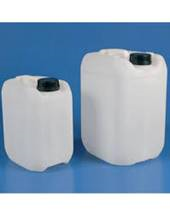Description
Sodium sulfate is a chemical compound represented by the formula Na2SO4. This compound is notable for its white, crystalline appearance and remarkable water solubility. Sodium sulfate is significant in various industries due to its versatile characteristics and applications.
One of the key characteristics of sodium sulfate is its simple chemical formula, Na2SO4, which reflects its precise molecular composition. It is composed of two sodium (Na) ions, one sulfur (S) atom, and four oxygen (O) atoms. This molecular arrangement contributes to its stability and suitability for a range of industrial processes.
In terms of physical properties, sodium sulfate presents itself as a white, crystalline solid. Its crystalline structure makes it easily recognisable and distinguishable from other compounds. Additionally, sodium sulfate is highkly soluble in water, which is a valuable property for its numerous applications.
Our Sodium Sulfate (Na2SO4) is characterized by its precise chemical formula, reflecting its molecular composition. It meets and exceeds stringent industry standards for purity and quality. Presented in the form of a white, crystalline solid, our sodium sulfate is easily identifiable and ideal for a range of industrial processes. With solubility in water, our Na2SO4 readily integrates into solutions, ensuring even distribution and effectiveness in various applications.





